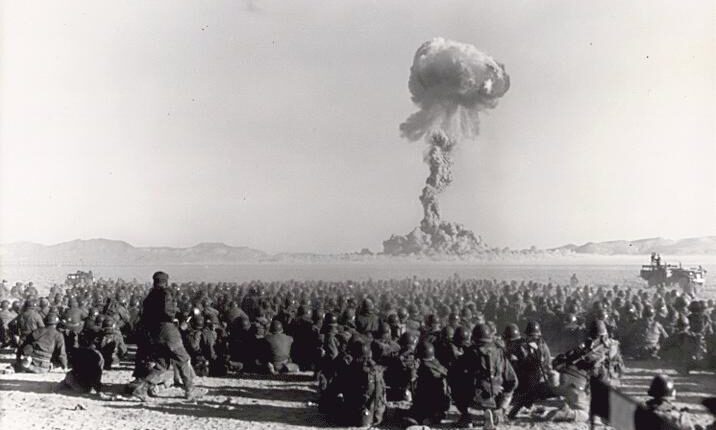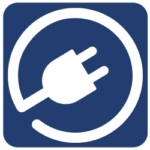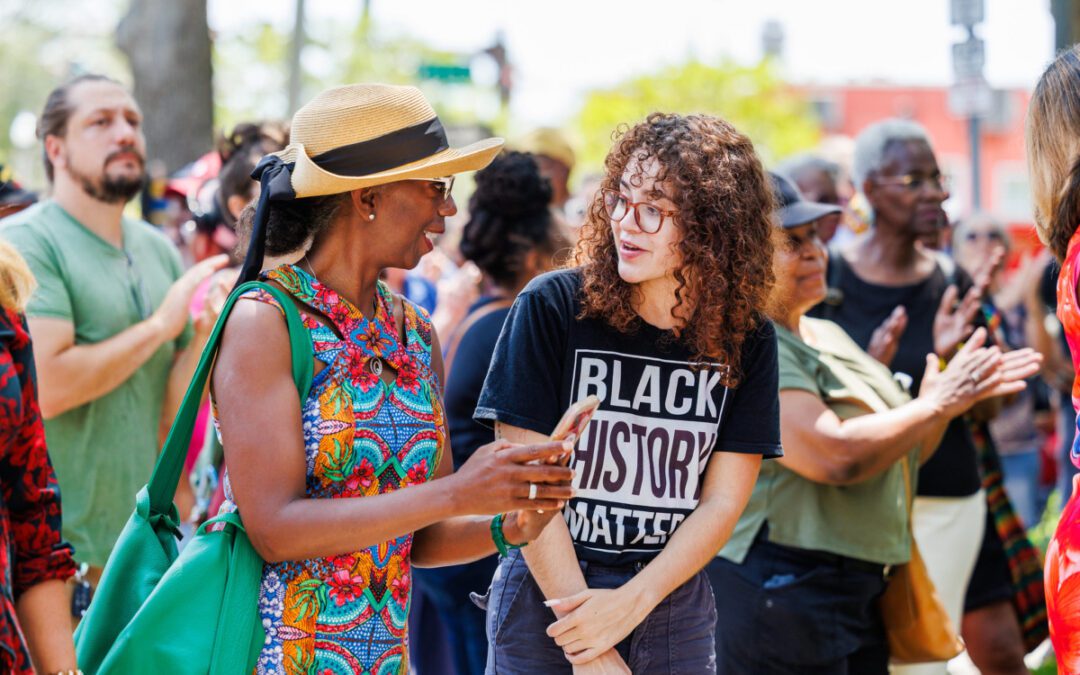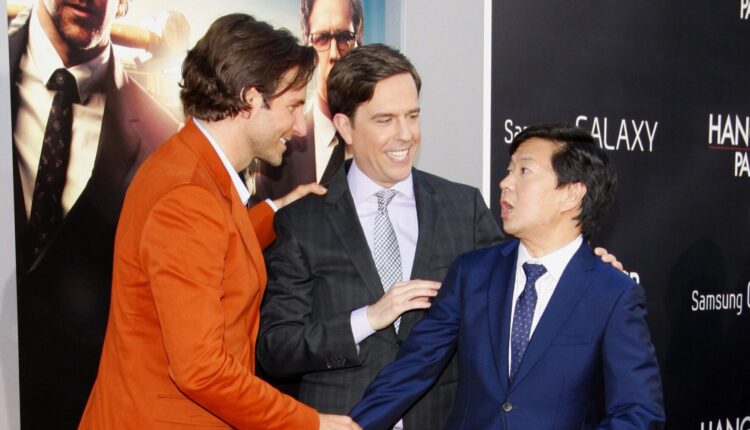
Troops gather only six miles from the Wasp blast as part of Operation Teapot in 1955. During the test, ground forces took part in an excercise, moving to within 3,000 feet of ground zero, under the still-forming mushroom cloud. (Public Domain)
Between 1951 and 1992, significant nuclear weapons tests lit up Nevada skies. The atomic mushroom clouds and bursts of light are still a pop culture phenomenon.
It’s been 62 years since some of the country’s most notable nuclear weapons tests lit up the Nevada skies, fascinating tourists and locals in Las Vegas and up to 100 miles away.
Between 1951 and 1992, there were 100 atmospheric and 828 underground atomic blasts conducted 65 miles north of Las Vegas at the Nevada National Security Site (NNSS)—then known as the Nevada Test Site (NTS). These Cold War-era and later tests helped the United States develop nuclear weapons, protocols, and guidelines to increase the chance of survival in case of a nuclear attack.
The blasts became a pop culture phenomenon as mushroom clouds and bursts of light rocked Las Vegas. It would be two decades before the public learned of the lingering health dangers.
Welcome to fabulous Atomic City Las Vegas
Leave it to Las Vegas to put a touristy twist on the nuclear era.
Entranced by billowy mushroom clouds and atmospheric bursts of light, Sin City was rebranded as the Atomic City, and the tests were jubilant celebrations. Detonation times and viewing spots were printed on calendars. Casinos and other businesses hosted dawn parties, some with atomic-themed cocktails.
As the PBS program “American Experience” describes, guests gathered at midnight and partied until the blast at dawn. They could even watch the blasts from their hotel rooms. Some packed “atomic box lunches” for picnics at Mount Charleston or as close to ground zero as restrictions allowed.
Trendy downtown Las Vegas hangout and the city’s first licensed bar, Atomic Liquors (located at 917 E. Fremont Street), was a popular 1950s watch spot. Then named Virginia’s Café, the owners offered patrons expansive views from the rooftop.
The city also held pageants to name a Miss Atomic Bomb, capitalizing on the explosive combination of nuclear bombs and showgirls.
In more recent years, chart-topping rock bands from Las Vegas, The Killers and Imagine Dragons, both released atomic-themed hits: “Miss Atomic Bomb” and “Radioactive” respectively, both in 2012.
Mock towns and mannequins
Imagine watching as a nuclear bomb destroys an entire town. That’s what happened when two nuclear operations called for building mock towns, including houses, vehicles, furniture, and fully-dressed mannequins.
The first town, known as Doom Town, was part of Operation Upshot-Knothole, a series of 11 test shots in 1953. With a duo of two-story suburban-style homes and 50 cars, Doom Town was subjected to Atomic Annie, a 16-kiloton shot. The closest house was obliterated, and the other was severely damaged but still standing.
Survival Town was next in Operation Teapot’s series of 14 tests in 1955. It was even more realistic than the first, with 90 fully-dressed mannequins, stocked homes (including canned goods in the pantries), utilities, industrial buildings, a radio station, a propane tank farm, and cars and fire engines lining the streets.
Black-and-white video footage shows the Apple-2 test decimate one of the houses. Believe it or not, the house was exposed to only one-quarter of the radiation experienced at ground zero during the 1945 bombing of Hiroshima.
Five charred buildings remained at the NTS and are still standing today.

A charred brick house is one of only as handful of buildings that survived the Apple-2 test, as part of Operation Teapot’s series of 14 tests in 1955. (Public Domain)
Mystery of the missing mannequins
So, whatever happened to the surviving mannequins?
As the Nevada Independent reports, they headed straight to a display at JCPenney on the corner of 6th and Fremont Streets in downtown Las Vegas. A two-page ad spread in the Las Vegas Review-Journal urged locals to see the nuked mannequins in person.
That was 1955. Where they are now is a mystery.
A trip to the Atomic Testing Museum
While the mannequins’ whereabouts are unknown, an exhibit of modern mannequins at the Atomic Testing Museum (located at 755 E. Flamingo Road), replicates their vintage style. Additional educational, entertaining, and interactive exhibits take visitors on a journey through the Silver State’s nuclear history and its lasting effects.
The newest exhibit, Atomic Odyssey, offers visitors of all ages a hands-on learning experience about the atom. The gift shop sells atomic-themed souvenirs, and you can also sign up for a monthly public tour of the NNSS.
Tickets to the museum can be purchased online or at the door.

Atomic Odyssey is the newest exhibit at the Atomic Testing Museum in Las Vegas. (Atomic Testing Museum)
Tests take a cancerous toll
The last atmospheric atomic test took place at NTS in July 1962. In 1963, the U.S., United Kingdom, and Soviet Union signed a treaty to prohibit tests and nuclear explosions underwater, in outer space, and the atmosphere.
Underground testing continued at the NTS until 1992. Today, it’s a nuclear waste repository and a U.S. national security site.
Declassified docs send shockwaves through communities
Declassified transcripts, released from 1978 to 1980, show that the government was aware of the potentially deadly effects of nuclear testing on humans and animals as early as 1947, yet the tests moved forward.
As the Atomic Heritage Museum explains, Operation Plumbbob, a particularly intensive series of 29 nuclear tests in 1957, produced about 32% of all civilian exposure. About 3,000 servicemen were exposed to high levels of radiation.
A 1990s study found that soldiers who witnessed atmospheric testing at the NTS had a death rate for leukemia that was 50 percent higher than those who did not. They were also more likely to be diagnosed with or die from cancer.
In 1997, the National Cancer Institute reported that 90 of the 100 atmospheric tests spread high levels of radioactive particles across much of the US, especially in 1952, 1953, 1955, and 1957—contributing to 10,000 to 75,000 cases of thyroid cancer.

Radioactive materials were accidentally released into the atmosphere through a fissure near ground zero during the underground Banberry shot of Operation Emery, a series of 16 nuclear tests in 1970. (Public Domain)
Nevada’s nuclear tests remain in the news
Wind currents during nuclear testing left some people living in Nevada, Utah, and Arizona—now known as Downwinders—particularly vulnerable. Cancer rates in these areas skyrocketed from 1950 to 1980, and many citizens attribute this to the nuclear fallout. The US Congress authorized compensation in 1990 for many of those sickened by atomic bomb testing and manufacturing, including some Downwinders.
As NPR recently reported, a bill to expand payments to additional Downwinders is currently in the works. The US Senate passed the bipartisan bill last year but it was never taken up in the House.
This article first appeared on Good Info News Wire and is republished here under a Creative Commons license.

The 7 biggest true crime cases in Nevada history
Content warning: The following story contains descriptions of real-life violence, including murder, kidnapping, and other criminal acts. True...

From blue jeans to the Ferris wheel: 9 things invented by Nevadans
Nevadans don’t get enough credit for their inventions, so check out these nine life-changing creations that put the Silver State on the map like...

This stone cabin endured in Reno high desert for over 80 years. Then it was gone
For more than eight decades, a tiny remnant of south Reno’s hot and steamy past — an old stone cabin — stood just off Old U.S. 395. Surrounded by a...

7 ways to honor Juneteenth in Nevada
Looking for ways to honor and celebrate Juneteenth in Nevada? Here are seven different things you can do in the state around June 19. Juneteenth is...

Here’s a look at four parks lost over the past 120 years.
From bathhouses and petting zoos to Wild West replicas and log flume rides, Northern Nevada has had a long history of amusement parks geared for...

11 best movies set in Nevada
From its mountains to its deserts and Las Vegas, Nevada is the perfect backdrop for films. These 11 movies set in Nevada will make you proud to be...





